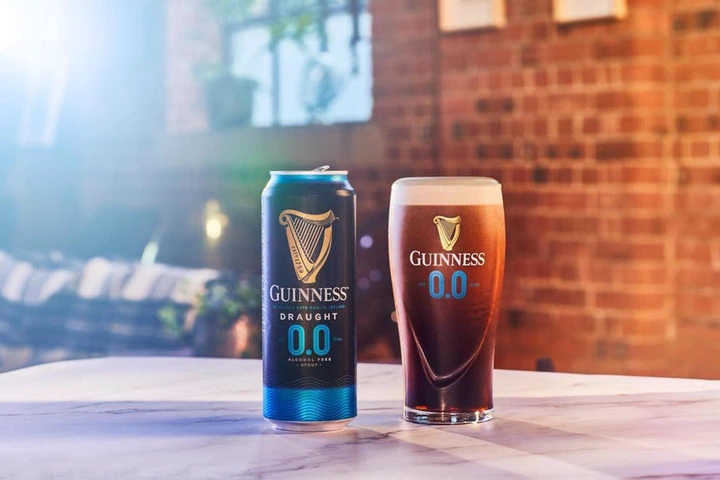There are several reasons why you might be required to show identification when purchasing 0% alcohol beverages. Firstly, many retailers and establishments implement ID checks as a standard practice to ensure compliance with local laws and regulations regarding the sale of alcohol, even if the drinks contain no alcohol. Additionally, it helps to prevent underage individuals from attempting to purchase products that may be perceived as alcoholic, thereby promoting responsible consumption. Finally, some brands of non-alcoholic drinks are marketed in a way that could lead to confusion about their alcohol content, so checking ID serves as an extra precaution.
The emergence of alcohol alternatives—beverages containing no more than 0.5% alcohol by volume (ABV)—has changed the way consumers approach drinking, providing choices for those seeking moderation while still enjoying the social aspects of having a drink. However, as these products gain traction, many consumers are confused when they are asked to show ID while purchasing drinks marketed as “alcohol-free.”

View pictures in App save up to 80% data.
The principles established by The Retail of Alcohol Standards Group (RASG) and the Portman Group are fundamentally based on promoting responsible retailing practices.
Alcohol alternatives are beverages or products designed to provide a similar experience to drinking alcohol without the intoxicating effects. These alternatives can include non-alcoholic beers, wines, and spirits, as well as creative concoctions made from various ingredients like herbs, fruits, and spices. They cater to those who want to enjoy social occasions without consuming alcohol, whether for health reasons, personal preferences, or lifestyle choices. Additionally, alcohol alternatives often aim to replicate the flavors and sensations associated with traditional alcoholic drinks, making them appealing to a wide audience.
According to the Retail of Alcohol Standards Group (RASG), alcohol alternatives refer to beverages that are designed to serve as substitutes for alcoholic drinks for adults, particularly in situations where alcoholic beverages are typically enjoyed, or to offer an option in scenarios where alcohol is usually inappropriate. Although these products frequently contain little to no alcohol—similar to a glass of orange juice—their branding, packaging, and retail positioning closely resemble those of conventional alcoholic drinks.
Under English, Welsh, and Scottish legislation, beverages with an alcohol by volume (ABV) of 0.5% or lower are not classified as alcoholic, and therefore, they are exempt from the licensing regulations that apply to alcohol sales. Nonetheless, these drinks are often positioned in the beer